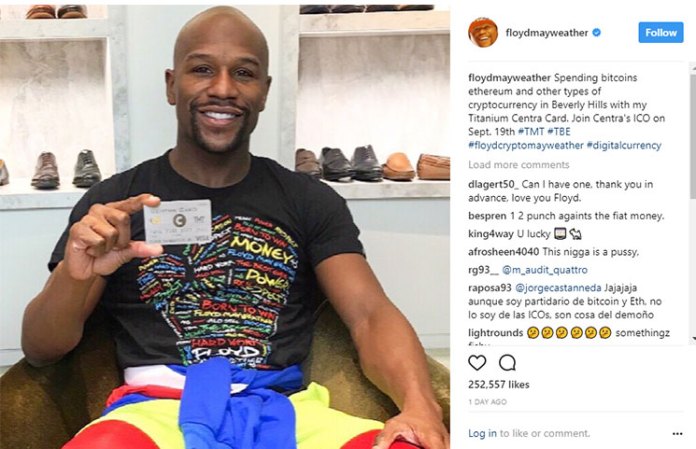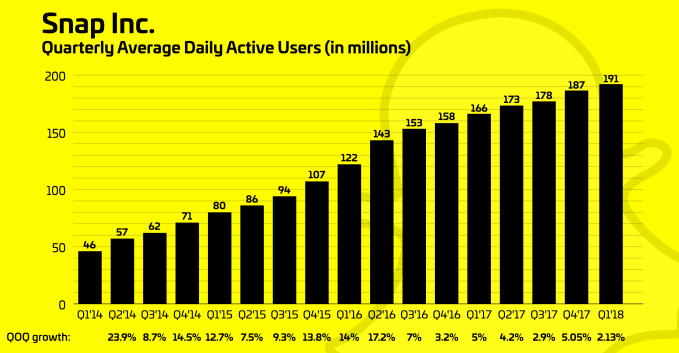EAT Club, the corporate lunch service with a customer base that includes Flipboard, Mastercard and TaskRabbit, has acquired Farm Hill, a lunch box delivery service, to solidify and expand its presence in the San Francisco Bay Area. Terms of the deal were not disclosed, but Farm Hill had previously raised $4 million in capital.
EAT Club also brought on Doug Leeds, the former CEO at IAC Publishing and former executive in residence at August Capital, as its new CEO. Leeds is EAT Club’s third CEO since 2016, when its first CEO Frank Han moved into the COO role. Han left the company entirely in November 2017, according to his LinkedIn. Following Han’s departure as CEO, EAT Club brought on Mike Griffith, who served as president and CEO for less than two years. Griffith left in March because of a cultural mismatch of sorts, EAT Club co-founder Rodrigo Santibáñez told me. With Leeds on board, the plan is to “build a big company,” Santibáñez said.
“We understand that the stronger the team we have, the better chance we have of building a long-lasting company,” Santibáñez said. “We’re at a stage right now where we’re looking for someone who can set the strategic direction of company based on expertise.”
Leeds has the expertise EAT Club seems to be looking for, as the former CEO of IAC Publishing and Ask.com. While running IAC, Leeds’ role evolved through acquiring other companies, he told me. Those acquisitions meant his job was essentially to manage other CEOs, rather than the day-to-day operations of the business.
“I wanted to get back to a world where I was operating a company,” Leeds said. “When I thought about my life and what I’d want to operate, I wanted to bring joy to people’s lives where if what I did went away, customers would be upset.”
EAT Club, he said, came to the top of the list for him, due in part to the fact that he was a customer while at IAC. The company is also in a position to grow and scale, he said.
EAT Club says it makes money off every meal the company delivers in California. EAT Club, which currently serves more than 1,000 companies in three markets, says the average order amount per company is $500. To date, EAT Club has raised more than $46 million from investors like August Capital, Trinity Ventures and Sodexo Ventures.







 Luckily, Snapchat has started beta testing new export formats for Spectacles through the beta version of its app. This lets you choose a black border instead of a white one, but importantly, also a horizontal 16:9 rectangular format that would fit well on YouTube and other traditional video players. The test was first spotted by
Luckily, Snapchat has started beta testing new export formats for Spectacles through the beta version of its app. This lets you choose a black border instead of a white one, but importantly, also a horizontal 16:9 rectangular format that would fit well on YouTube and other traditional video players. The test was first spotted by 
